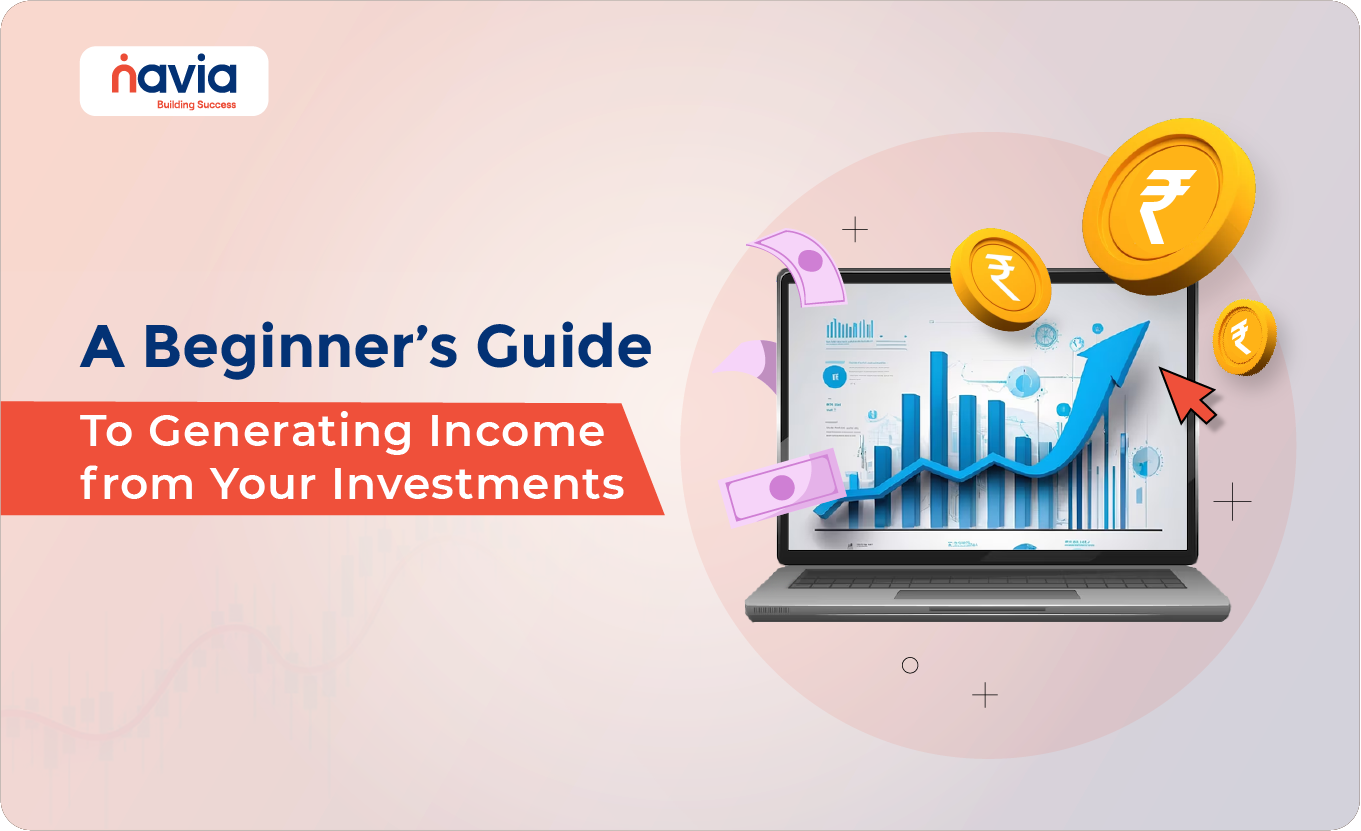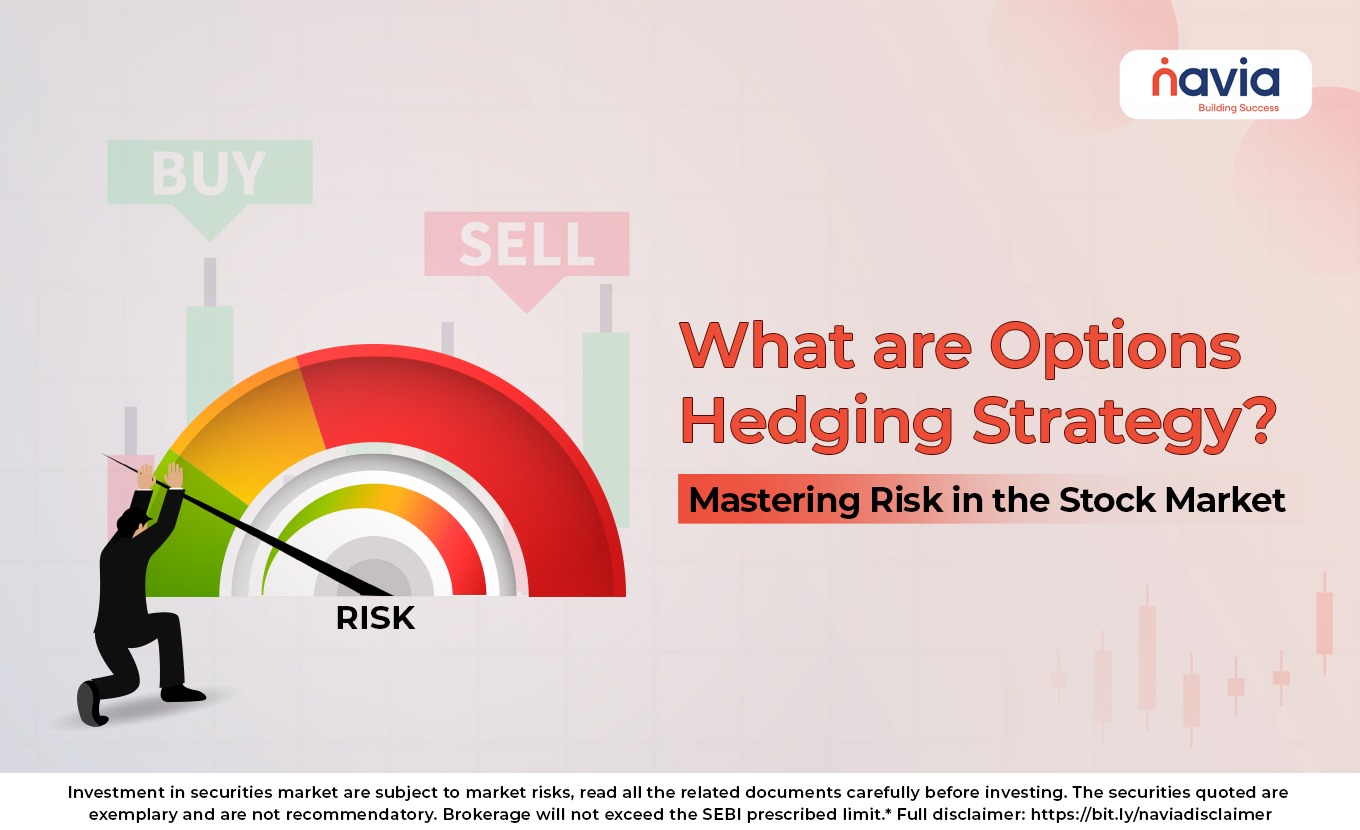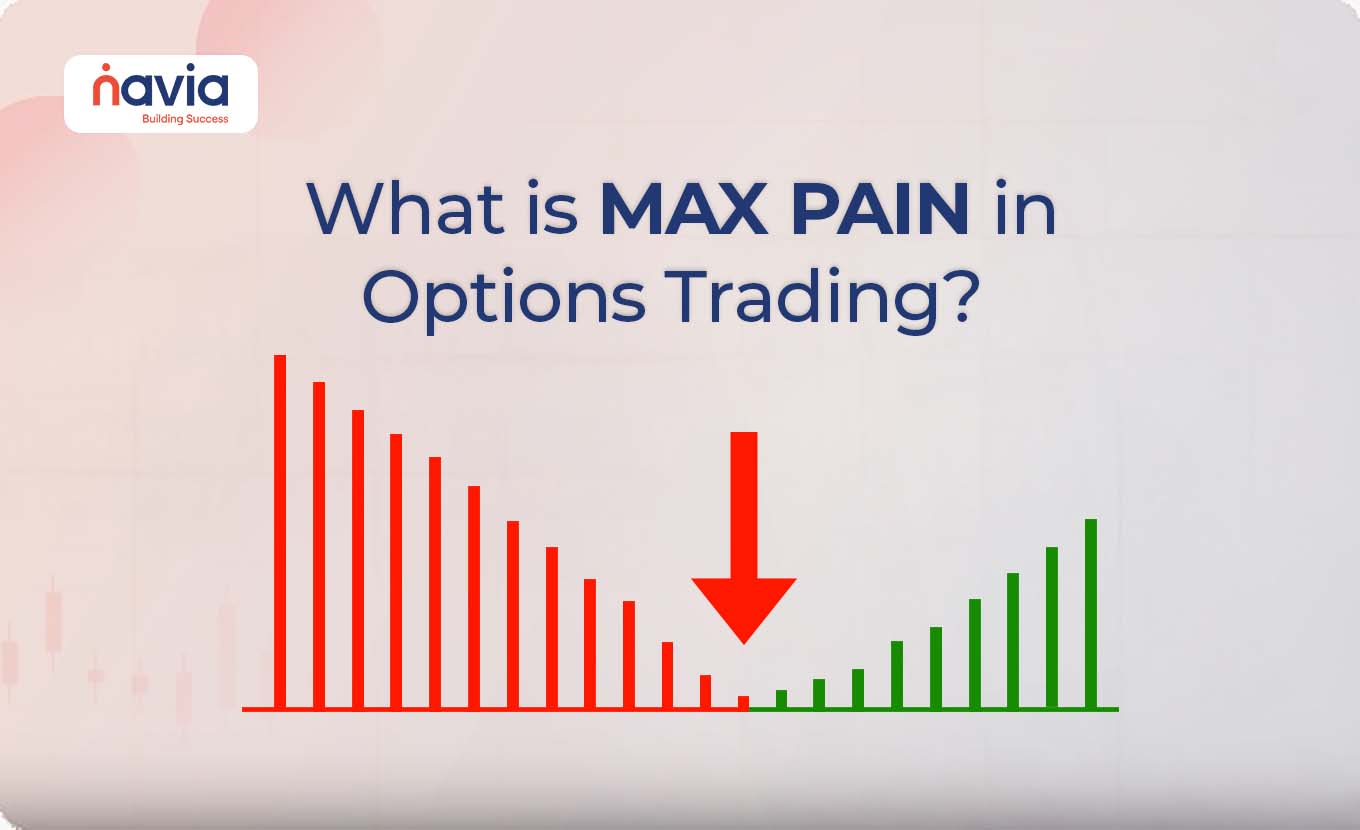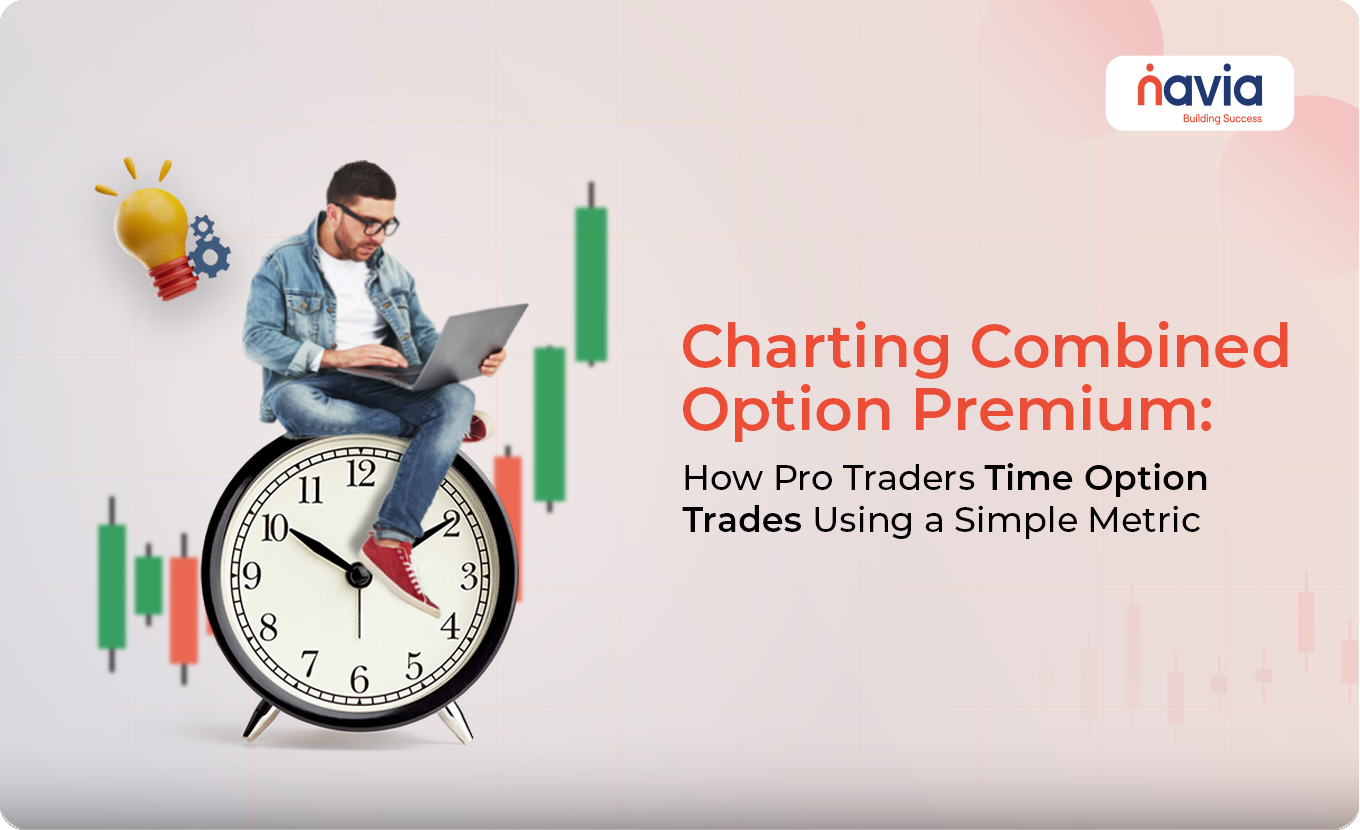Mastering Covered Calls: A Simple Guide to Boosting Investment Income

Options trading can be a powerful tool for enhancing your investment returns, and one of the most straightforward strategies for doing so is the Covered Call. This strategy allows you to generate additional income from your stock holdings while potentially capping your upside. In this blog, we’ll explore the anatomy of a covered call, explaining how it works, when to use it, and providing easy-to-understand examples. We’ll also discuss how you can use the Navia Trading App to implement this strategy effectively.
What is a Covered Call?
A covered call is an options strategy that involves holding a long position in a stock and selling (or “writing”) a call option on that same stock. The goal of this strategy is to generate income through the premium received from selling the call option. In return for this premium, you agree to sell the stock at a specified strike price if the option is exercised.
In simpler terms, a covered call is like renting out your stock. You still own the stock, but you agree to sell it at a predetermined price if the market reaches that level. This strategy is particularly attractive to investors who are mildly bullish or neutral on the stock’s prospects and want to generate additional income.
Why Use a Covered Call?
The primary reasons for using a covered call are:
● Income Generation: The main benefit of a covered call is the premium income generated from selling the call option. This income can enhance your overall return on the investment, especially in a flat or mildly bullish market.
● Limited Risk: The risk in the covered call strategy is limited to the potential loss in the stock’s value, minus the premium received. This makes it a relatively conservative strategy compared to other options strategies.
● Profit from Sideways Markets: If you believe the stock price will remain relatively flat or rise slightly, a covered call can help you profit from that scenario while holding onto the stock.
How Does a Covered Call Work?
A covered call strategy involves two main components:
1) Long Stock Position: You own shares in a stock that you believe will remain stable or increase in price.
2) Short Call Option: You sell a call option on the same stock, agreeing to sell the stock at a specified strike price if the option is exercised.
If the stock price rises above the strike price, the option buyer may exercise the option, and you will be required to sell the stock at the strike price. If the stock price remains below the strike price, the option expires worthless, and you keep both the stock and the premium.
Example of a Covered Call
Let’s walk through a practical example to illustrate how a covered call works:
| Scenario | Stock Price | Call Option Strike Price | Premium Received | Outcome |
| Initial Purchase | ₹1,000 | ₹1,050 | ₹30 | You buy 100 shares of a stock at ₹1,000 and sell a call option with a strike price of ₹1,050 for ₹30 per share. |
| Stock Price Rises to ₹1,100 | ₹1,100 | ₹1,050 | ₹30 | The option is exercised, and you sell the shares at ₹1,050, earning ₹50 per share (₹1,050 – ₹1,000) plus the ₹30 premium, totaling ₹80 per share. |
| Stock Price Remains at ₹1,000 | ₹1,000 | ₹1,050 | ₹30 | The option expires worthless, and you keep the ₹30 premium, continuing to own the stock at ₹1,000. |
| Stock Price Falls to ₹950 | ₹950 | ₹1,050 | ₹30 | The option expires worthless, but you suffer a paper loss on the stock, offset slightly by the ₹30 premium received. |
Benefits of a Covered Call
● Income Generation: Selling a call option generates income in the form of the premium received. This can be especially valuable in a flat or slowly rising market.
● Partial Downside Protection: The premium received can help offset a decline in the stock’s value, providing a buffer against losses.
● Enhanced Returns: In a stable or slightly bullish market, the covered call strategy can boost overall returns by adding the premium to any capital gains on the stock.
Drawbacks of a Covered Call
1) Limited Upside Potential: The main downside of a covered call is that it caps your potential profit at the strike price of the call option. If the stock price rises significantly above the strike price, you miss out on those additional gains.
2) Stock Ownership Risk: While the premium provides some protection, you’re still exposed to the risk of a significant decline in the stock’s price. The premium only partially offsets this risk.
3) Obligation to Sell: If the stock price rises above the strike price, you may be required to sell your shares, even if you would prefer to hold them for further gains.
When to Use a Covered Call
A covered call strategy is most effective in the following scenarios:
● Flat or Mildly Bullish Market: If you expect the stock to remain relatively stable or rise slightly, a covered call allows you to generate income without significantly risking your position.
● Income Focus: If you’re looking to generate additional income from your stock holdings, especially if the stock doesn’t pay dividends, a covered call can be a valuable strategy.
● Holding Period: If you’re planning to hold the stock for the long term but are concerned about short-term fluctuations, a covered call can help you earn extra income while waiting for the stock to appreciate.
Comparative Example of a Covered Call
To further illustrate the covered call strategy, let’s compare two scenarios: one with a covered call and one without.
| Scenario | With Covered Call | Without Covered Call |
| Stock Purchase | Buy 100 shares at ₹1,000 | Buy 100 shares at ₹1,000 |
| Call Option Sale | Sell call option with ₹1,050 strike price at ₹30 | No call option sold |
| Stock Price Rises to ₹1,100 | Sell shares at ₹1,050, total profit ₹80 per share (₹50 capital gain + ₹30 premium) | Sell shares at ₹1,100, total profit ₹100 per share |
| Stock Price Remains at ₹1,000 | Keep ₹30 premium, continue holding stock | No additional income, continue holding stock |
| Stock Price Falls to ₹950 | Suffer loss of ₹20 per share (₹50 loss offset by ₹30 premium) | Suffer loss of ₹50 per share |
How to Use Navia Mobile App for Better Option Trading
The Navia Trading App is a powerful tool that can help you implement the covered call strategy more effectively. Here’s how:
➝ Real-Time Data: Use the Navia Mobile App to access real-time market data, including stock prices and option premiums. This helps you make timely decisions when setting up your covered call strategy.
➝ Option Calculator: The app features an option calculator that allows you to input the relevant data (such as stock price, strike price, and premium) to determine the potential outcomes of your covered call strategy.
➝ Strategy Builder: Navia’s built-in strategy builder allows you to create and customize your covered call strategy. You can experiment with different strike prices and expiration dates to find the optimal balance between risk and reward.
➝ Portfolio Tracking: Track the performance of your covered call in real-time. The app allows you to monitor your stock position and the value of your call option, helping you make informed decisions about whether to hold, roll over, or let the option expire.
Summary Table: Covered Call Strategy Overview
| Component | Details |
| Stock Position | Long position in 100 shares of a stock |
| Call Option | Sell call option with a strike price above the current stock price (e.g., ₹1,050 for a ₹1,000 stock) |
| Premium Received | The income generated from selling the call option (e.g., ₹30 per share) |
| Outcome if Stock Rises | The option is exercised, you sell the stock at the strike price, keeping the premium and any capital gains up to the strike price |
| Outcome if Stock Falls or Stays Flat | The option expires worthless, and you keep the premium while continuing to hold the stock |
Conclusion
The covered call is an essential strategy for any investor looking to generate additional income from their stock holdings while managing risk. By understanding the anatomy of a covered call and when to use it, you can enhance your investment returns and navigate the complexities of the market with greater confidence.

The Navia Mobile App enhances your ability to implement the covered call strategy by providing real-time data, an option calculator, and a strategy builder. These tools help you make informed decisions, optimize your strategy, and track your investments seamlessly. Whether you’re a beginner or an experienced trader, leveraging the covered call strategy with the Navia Mobile App can help you achieve your financial goals. Happy trading!
DISCLAIMER: Investments in the securities market are subject to market risks, read all the related documents carefully before investing. The securities quoted are exemplary and are not recommendatory. Brokerage will not exceed the SEBI prescribed limit.
We’d Love to Hear from you-





